Is Your Pet’s Bad Breath More Than Just Annoying?
Bad breath might seem like just another quirky trait of your pet—but in reality, it’s often the first sign of dental disease, a progressive condition that can lead to serious pain, tooth loss, and even systemic illness.
At St. Petersburg Animal Hospital & Urgent Care in St. Petersburg, Florida, we take dental health seriously because we know how deeply it impacts your pet’s comfort and longevity. In this post, we’ll explain what dental disease is, how to spot it early, and the steps you can take to help your pet live a longer, healthier life—starting with a fresher breath and a pain-free smile.
What Is Dental Disease?
Dental disease, also known as periodontal disease, is an infection and inflammation of the gums and supporting structures of the teeth. It typically starts with plaque—a soft, sticky film of bacteria—and, if left untreated, progresses to tartar buildup, gum recession, and even bone loss.
According to the American Animal Hospital Association (AAHA), most pets show signs of dental disease by the age of three. Yet, it often goes unnoticed until more advanced stages cause visible or painful symptoms.
Signs of Dental Disease in Dogs and Cats
Not all dental issues are easy to spot. Many pets continue eating, playing, and acting normal even while experiencing discomfort.
Common signs of dental disease include:
- Persistent bad breath (especially if it smells metallic or rotten)
- Red, swollen, or bleeding gums
- Yellow or brown tartar on the teeth
- Loose, broken, or missing teeth
- Drooling or blood in the saliva
- Difficulty eating, chewing, or favoring one side of the mouth
- Pawing at the mouth or face
- Swelling around the jaw, muzzle, or eyes
- Decreased appetite or unexplained weight loss
- Behavioral changes like irritability, withdrawal, or lethargy
Even subtle changes may indicate underlying pain. If your pet shows any of these signs, it’s time to schedule a dental evaluation.
Why Physical Exams Aren’t Enough
The Importance of Dental X-Rays
One of the most important things to know about dental disease is this: most of the damage happens below the gumline.
Teeth that look fine on the surface can be hiding:
- Infected or dying roots
- Bone loss
- Abscesses
- Embedded foreign objects
- Oral masses
That’s why a thorough dental exam must include full-mouth dental X-rays, taken under anesthesia. These allow your veterinarian to assess the structures you can’t see—and provide safe, targeted treatment.
Learn more from Preventive Vet and Vetstreet about why radiographs are an essential part of dental care.
At St. Petersburg Animal Hospital & Urgent Care, we use digital imaging, advanced anesthesia monitoring, and in-house diagnostics to ensure your pet’s safety and comfort every step of the way.
What Causes Dental Disease?
There are several contributing factors to dental disease, including:
- Infrequent or no dental cleanings
- Lack of at-home brushing or maintenance
- Poor diet or unsafe chew toys (AKC on toy teeth)
- Retained baby teeth in young dogs (read more)
- Breed-specific risks, particularly in small dogs and brachycephalic (flat-faced) pets
- Genetic predisposition
- Medical conditions affecting immune response or tissue health
Some pets are also born with developmental abnormalities or malocclusion (misaligned bites), which increase the risk of uneven wear, trauma, and plaque buildup.
How Dental Disease Is Treated
Dental treatment depends on the stage and severity of the disease.
Early to Moderate Disease (Stages 1–2)
- Professional cleaning under anesthesia
- Scaling and polishing above and below the gumline
- Targeted antibiotics or dental gels as needed
- Thorough oral exam and full-mouth radiographs
Advanced Disease (Stages 3–4)
- Tooth extractions, often necessary for severely damaged or infected teeth
- Root planing and subgingival curettage to clean infected gum pockets
- Pain management
- Biopsies for suspicious growths or lesions (Read more on jaw injuries and masses)
Our veterinary dentistry team is trained to manage everything from routine cleanings to complex oral surgeries. We take time to walk you through every option so you can make informed, confident decisions.
Preventing Dental Disease
The best defense against dental disease is a proactive, team-based approach to care.
What you can do at home:
- Brush your pet’s teeth daily with pet-safe toothpaste
- Use dental products approved by the Veterinary Oral Health Council (VOHC)
- Offer safe dental chews and diets designed to reduce plaque
- Monitor your pet’s breath and eating habits for early changes
What we do at the clinic:
- Perform thorough oral exams during wellness visits
- Recommend professional cleanings based on your pet’s breed, age, and health
- Use advanced tools and diagnostics to detect hidden issues
- Help you build a sustainable dental care plan for home
Just like in people, routine veterinary dental care helps prevent pain, tooth loss, and serious illness. A healthy mouth supports a healthy body.
When Bad Breath Signals an Emergency
While mild halitosis isn’t always urgent, some symptoms require immediate veterinary attention:
- Swelling near the mouth or eyes
- Bleeding from the mouth
- A loose, fractured, or discolored tooth
- Refusal to eat or obvious pain
- A foul, metallic, or rotting odor from the mouth
These signs may indicate an abscess, broken tooth, oral tumor, or systemic infection.
Our urgent care team is available for same-day dental evaluations if you’re worried your pet is in pain or distress.

What to Do Next
If your pet’s breath has changed—or you’ve noticed any of the symptoms above—don’t wait. The earlier dental disease is caught, the easier (and less expensive) it is to treat.
At St. Petersburg Animal Hospital & Urgent Care, we provide:
- Comprehensive dental exams and cleanings
- State-of-the-art imaging and diagnostics
- Safe, monitored anesthesia
- Transparent treatment plans and clear communication
Ready to Schedule?
Dental disease is common—but it’s also preventable and treatable with the right care. Whether your pet needs their first cleaning or advanced treatment for painful teeth, our team is here to help.
Schedule a consultation or call us today to learn more about how we can support your pet’s oral health—and their overall well-being.

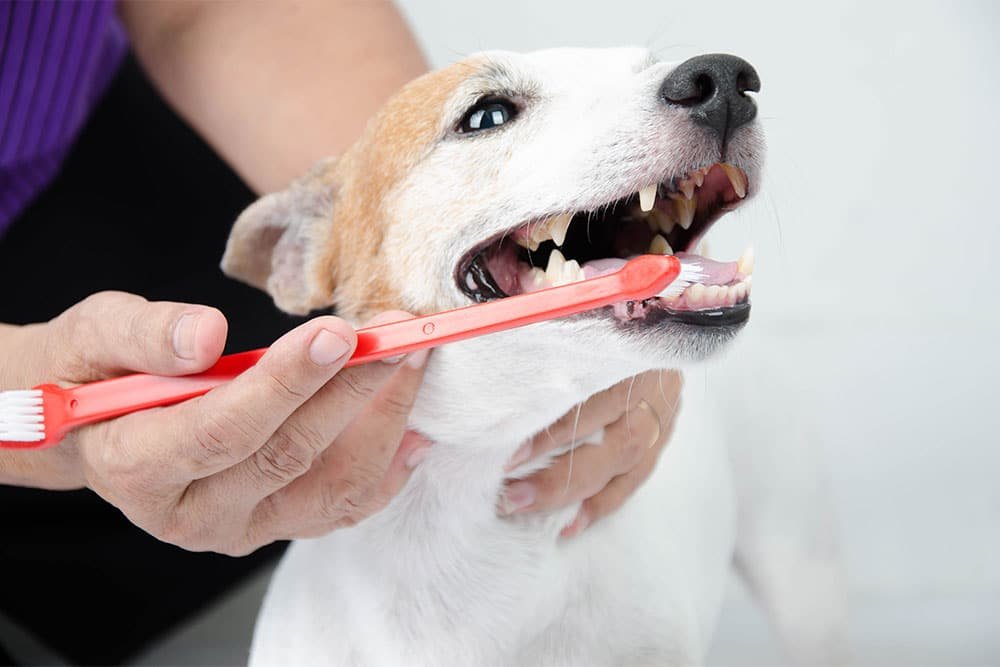
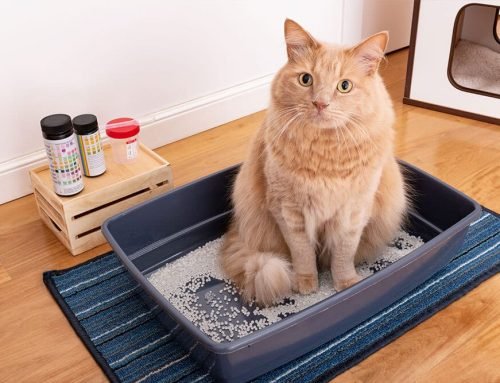
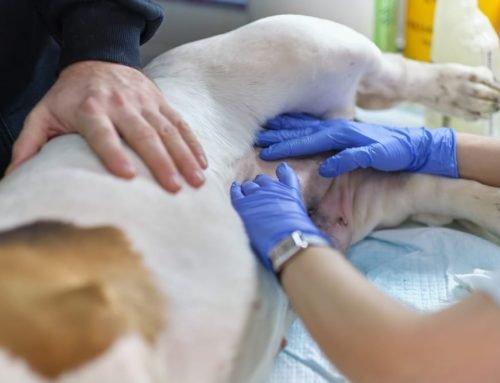
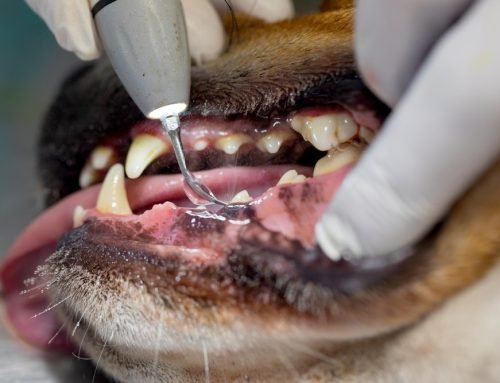
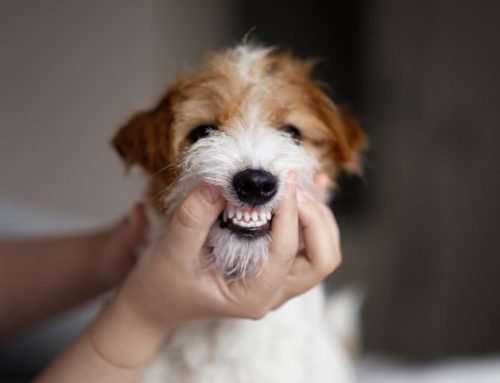

Leave A Comment